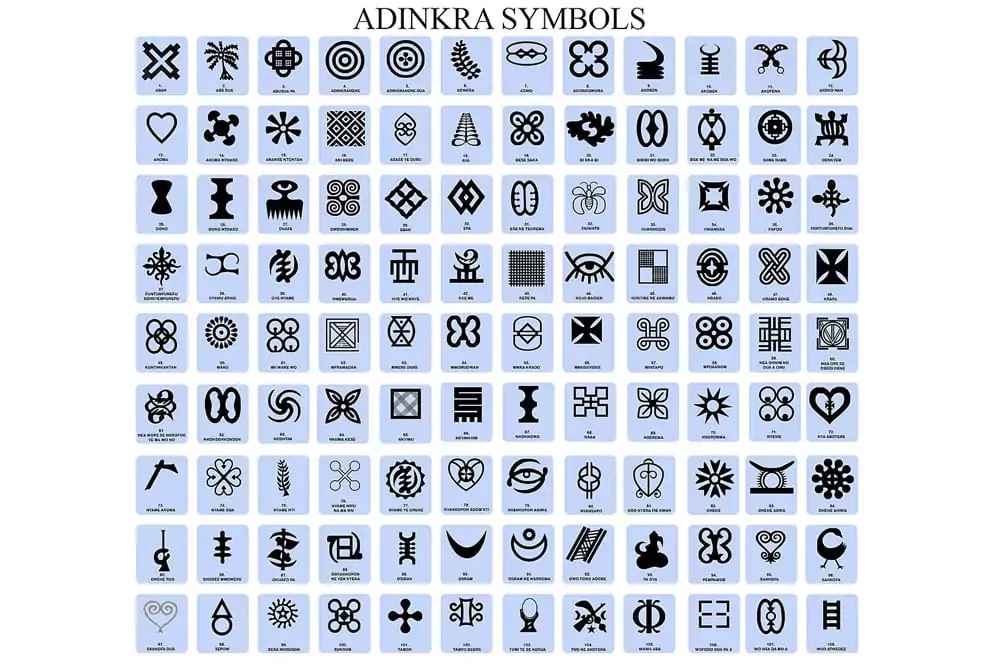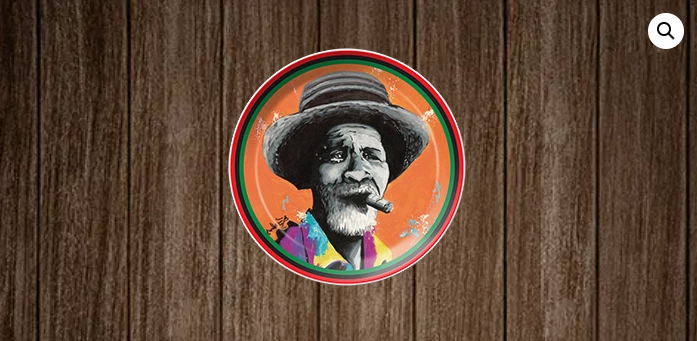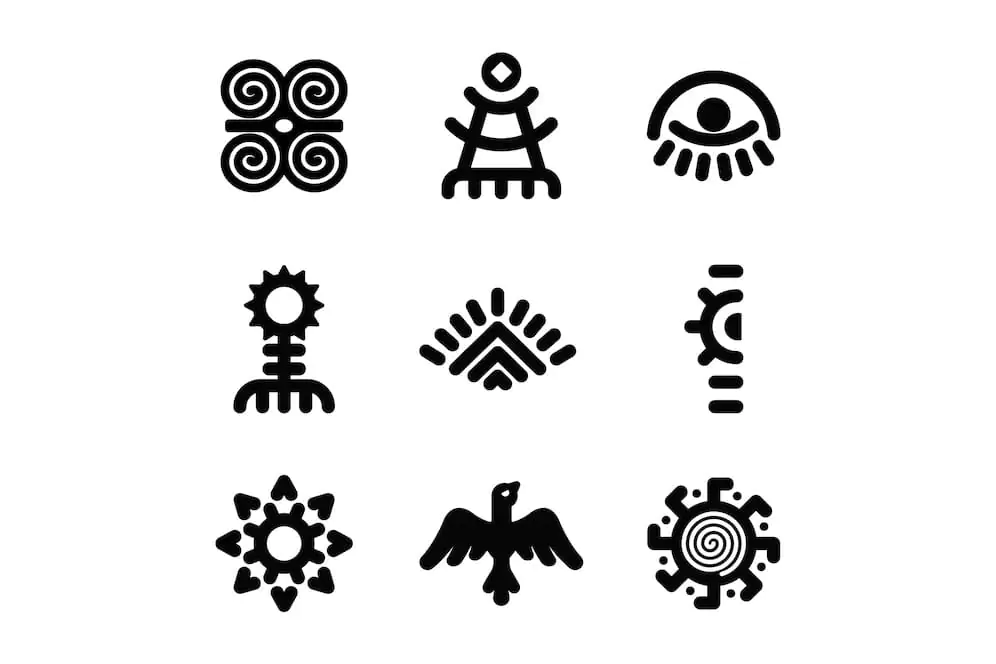Schedule Appointment
Schedule Appointment

The heritage of symbolism in Africa is rich and sacred. Adinkra symbols are one of the most recognized categories. These originated from the people of Akan in Ghana and the Ivory Coast. They are not just pretty to look at. They convey profound meanings, spiritual messages, proverbs, and values that have been carried over for many generations.

Today, Adinkra symbols are gaining popularity everywhere in the world—in fashion, education, wall decor, and tattoos. They are extremely significant for individuals within the African diaspora who need to connect to their heritage, reflect on the wisdom of their forebears, and boast about the robustness of their culture. This post will consider where Adinkra symbols are derived from and what they stand for. We will review the meaning of the popular Adinkra symbol Sankofa, outline how they appear in tattoos, and give a rundown of Adinkra symbols. We will connect the symbols to key cultural pieces such as the First Generation College Student plates, Social Hour at the Barber Shop plates, The Fruit Ladies plates, and Emancipation plates.

Adinkra symbols are ideographic symbols that represent ideas or concepts in pictorial form. Initially used on clothing worn by royalty and religious figures, the symbols were stamped using carved calabash and natural pigments. Each symbol represents a concept, proverb, or moral teaching according to Akan philosophy.
Over 100 Adinkra symbols represent concepts such as strength, unity, humility, freedom, and protection of the soul. They are excellent storytelling objects that preserve and express culture.
Adinkra symbols are like pictures that tell wise sayings. Just like elders share knowledge by talking, these symbols communicate wisdom over time without using words. They are used in art, clothing, and home design not just for looks but also to express culture and spirituality.
This is aptly captured in the Emancipation plates, which show the struggle and victory of African descendants asserting freedom and identity. The symbolism on the plates mirrors the messages in Adinkra symbols—resilience, rebirth, and freedom.
The adinkra symbols Sankofa is the most valued and significant of all the Adinkra symbols. Sankofa is a word that means “go back and get it.” It instructs us to go back into the past, receive what is precious, and bring it to the present time. The symbol is most commonly depicted as a bird turning back or a unique heart shape.
The Adinkra symbol Sankofa, is frequently employed to symbolize heritage, ancestors’ wisdom, and the notion that you need to know your past to know your future. Unsurprisingly, this symbol appears wherever there is a celebration of African-American heritage—such as the First Generation College Student plates, celebrating triumph over adversity through the strength of one’s family heritage and lessons learned from previous generations.

One of the most common contemporary applications of Adinkra symbols is tattoos. As individuals seek greater body art, Adinkra symbol tattoos provide a personal means of expressing one’s values, culture, and identity on one’s body.
For example:
The Duafe symbol is a symbol of beauty and the qualities of women. Women often choose to recall their female ancestors.
The Eban symbol, representing security and safety, is one of the most popular symbols among people who value safety and home.
Adinkra symbols Sankofa is frequently used as it carries spiritual and heritage significance.
Every Adinkra symbol tattoo holds several meanings and connects the wearer to generations of African thoughts and beliefs. It’s ink but much more—narrative, healing, and expression of identity on the skin.
The adinkra symbols list list contains some carefully chosen Adinkra symbols representing some of the most powerful and common symbols:
This is not a complete list of Adinkra symbols, but it provides a small idea of the variety and depth of the symbols.
The multipurpose nature of Adinkra symbols is something to behold. They do not only lie on scrolls of ages or ceremonial clothes. They appear in paintings, street art, decorations, foods, and decorative products, illustrating tales of people and culture.
Consider the Social Hour of the Barber Shop plates. These plates preserve the shared, multi-generational dialogue in a sacred space for several Black men. Like Adinkra symbols convey immortal wisdom, the barbershop is a living repository of oral history, mentorship, and pride.
The Fruit Ladies plates celebrate African and Afro-Caribbean women’s beauty, work, and strength. The tribute to women’s power is symbolic of the importance of the Duafe Adinkra symbol.
For those who live far from their homelands, especially African Americans, Afro-Caribbeans, and Afro-Latinos, Adinkra symbols offer a tangible way of reconnecting with their African roots. They bridge the language and geographical gap, forging a spiritual and emotional bond with their homeland.
The symbols are used in tattoos, household furnishings, education equipment, and object storytelling using such items as the Emancipation plates. The symbols play the role of making culture dynamic.
They help answer questions such as:
The relevance of Adinkra symbols continues to grow. They’re not just a visual tradition but living blueprints of African wisdom and spirituality. From Adinkra symbols of Sankofa reminding us of ancestral wisdom to deeply personal Adinkra symbols tattoos to the curated Adinkra symbols list that speaks to values of unity, strength, and resilience, these symbols continue to shape modern identity and consciousness.
They also find expression in lovely and significant artifacts like the First Generation College Student plates, Social Hour at the Barber Shop plates, The Fruit Ladies plates, and Emancipation plates—each has a powerful story that echoes the values in Adinkra’s visual language. As people continue to look to their heritage, Adinkra symbols will remain significant symbols of pride, identity, and religious meaning.